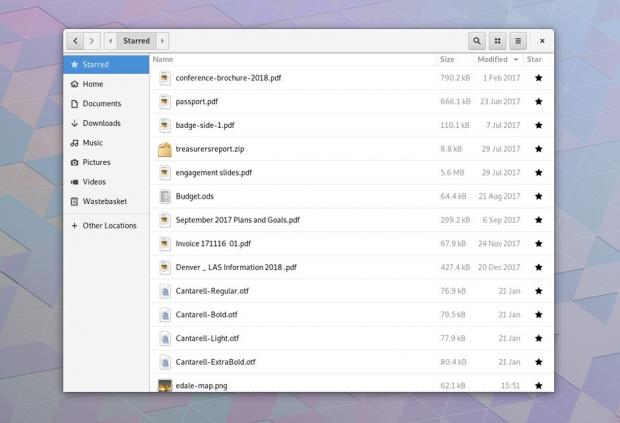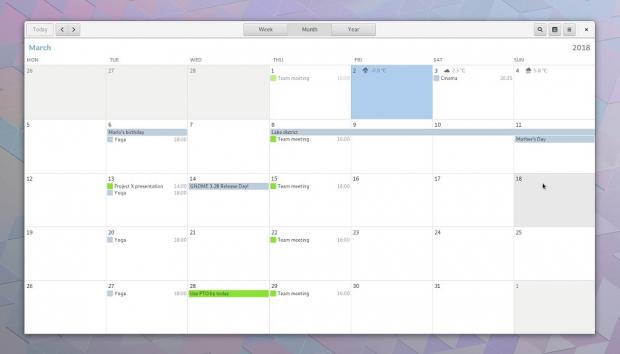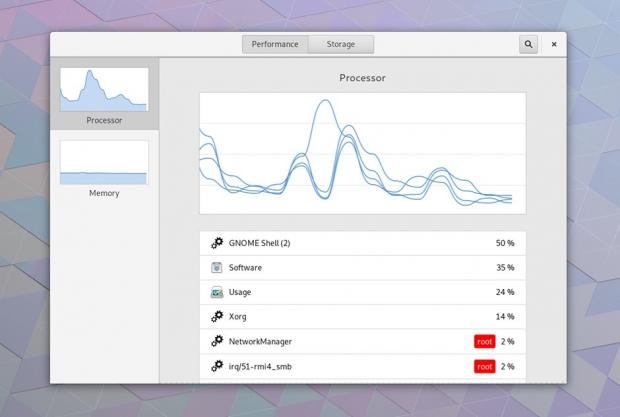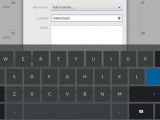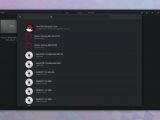After more than six months of work, the GNOME Project announced today the official release and immediate availability of the GNOME 3.28 desktop environment for Linux-based operating systems.
Work on the GNOME 3.28 desktop environment started last year in October with the first development milestone, tagged GNOME 3.27.1. During approximately six months, there were four such milestones released, accompanied by a single beta release and a Release Candidate (RC).
As expected with any significant GNOME release, there were various visible and under-the-hood changes, especially the removal of the desktop handling a.k.a. "desktop icons" support from the Nautilus file manager, which got passed to the GNOME Shell interface through an extension.
GNOME 3.28 is dubbed "Chongqing" after the host city of the GNOME Asia Summit 2017 conference that took place between October 14-16 in Chongqing, China. This release contains dozens of new features for users, developers, and administrators, some of which you can read in the next paragraphs.
"GNOME 3.28 is the latest version of GNOME 3, and is the result of 6 months’ hard work by the GNOME community. It contains major new features, as well as many smaller improvements and bug fixes. In total, the release incorporates 25832 changes, made by approximately 838 contributors," reads the release notes.
What's new in GNOME 3.28
Prominent new features of the GNOME 3.28 desktop environment include initial implementation of the GNOME Usage app for viewing performance (CPU and RAM) and storage usage, and all-new on-screen keyboard and Thunderbolt 3 support for GNOME Shell, and support for MJPEG videos in Totem (Videos) app.
The Music app received full HiDPI support and the ability to reorder playlists via drag and drop, Nautilus file manager lets users star files and folders, which will be visible in a special area in the sidebar, and Epiphany web browser comes with Google Safe Browsing for blocking websites reported to be dangerous to users.
Other noteworthy changes include weather integration in the Calendar app, support for marking contacts as favorites, as well as to sort them by first name or surname in the Contacts app, support for the double and wavy underline attributes and blinking text attribute in the Terminal app, which was redesigned with a unified Preferences dialog.
The GNOME Boxes virtual machine manager now supports downloading of several free operating systems, free and automated download/installation of the Red Hat Enterprise Linux operating system, as well as a new Send Files option that helps users easily send local files to the VM via the Nautilus file manager.
For application developers, GNOME Builder brings many enhancements to the Meson, Make, and CMake support, several new templates, including one for Mono-based Gtk# apps, support for Flatpak SDK extensions and other Flatpak improvements, and a simplified experience for newcomers.
GNOME 3.28 also features a revamped Cantarell default font, a more polished HighContrast theme, middle-click support on scrollbars, enhancements to Settings (Control Center), and support for raising the system's sound volume over 100 percent limit via the new GNOME Tweaks app.
What's next for the GNOME desktop environment
Now that GNOME 3.28 is out, operating system vendors will take some time to package and test the desktop environment for their rolling or upcoming distro releases. It usually takes about two weeks for a new major GNOME release to land in the stable repositories of popular GNU/Linux distributions like Arch Linux.
This happens with the first point release, GNOME 3.28.1, which is scheduled for an April 11 launch. A second and probably last point release, GNOME 3.28.2, is expected to arrive later this spring, probably in early May when the development of the next major GNOME release, GNOME 3.30, is already ongoing.
GNOME 3.28 will be the default desktop environment of the upcoming Ubuntu 18.04 LTS (Bionic Beaver) operating system, due for release on April 26, 2018. This would be Canonical's first ever long-term support (LTS) release since Ubuntu 10.04 LTS (Lucid Lynx) to ship with the GNOME desktop instead of their in-house built Unity environment, which was discontinued last year.
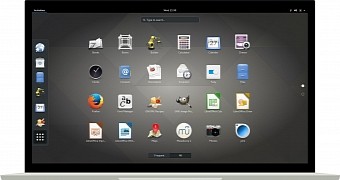
 14 DAY TRIAL //
14 DAY TRIAL // 